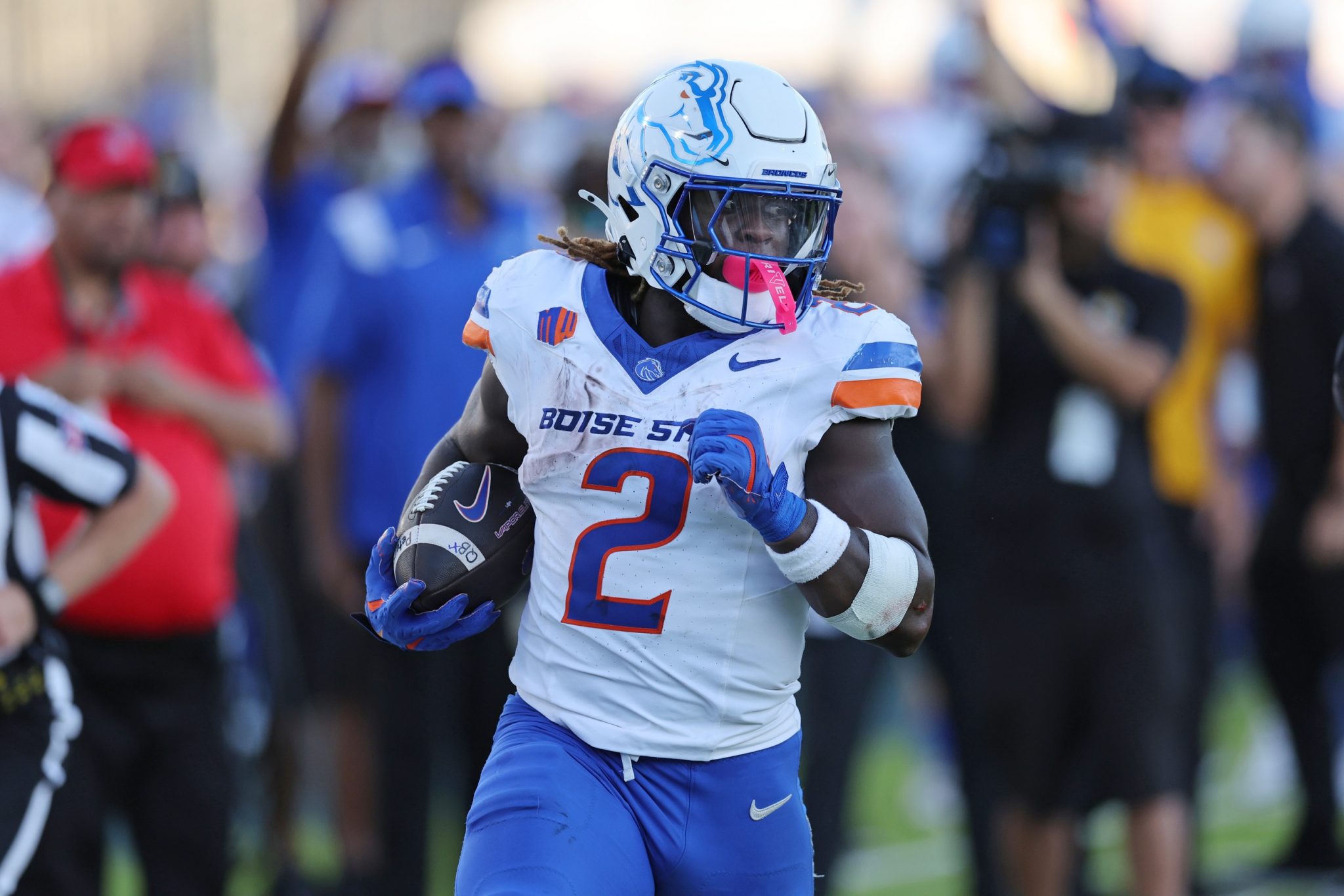
The advent of Name, Image, and Likeness (NIL) policies has ushered in an era of unprecedented change for college football, particularly when it comes to the strategic construction of team backfields and the ever-present question: “Why Be Jealous?” This transformative shift, accelerated by the NCAA Transfer Portal, has redefined player movement, team dynamics, and the financial landscape for student-athletes. Since 2021, college football programs nationwide have been grappling with the implications of NIL, as athletes now have the opportunity to monetize their personal brand through endorsements, sponsorships, and social media promotions, influencing where they choose to play and for whom.

The NIL Revolution: A New Playing Field
The NCAA’s legislative changes in 2021 marked a turning point, empowering college athletes to earn money, a stark contrast to the previous restrictions. This newfound financial freedom, coupled with the ease of transferring through the NCAA Transfer Portal, has created a dynamic environment where players constantly evaluate their options. Running backs, in particular, are navigating a competitive market, frequently seeking opportunities for increased playing time or more lucrative NIL deals. According to 247 Sports, recent transfer portal windows, like those in December 2024 and April 2025, saw a significant number of talented running backs seeking new homes, reflecting the ongoing evolution of roster construction in college football.
The Makhi Hughes Effect
One notable example of this trend is Makhi Hughes, a highly-ranked running back who committed to Oregon in January 2025. Hughes cited a projected NIL value of $1.1 million as a key factor in his decision, as reported by On3. This demonstrates the significant financial incentives now influencing player choices and highlights the competitive landscape that coaches and programs must navigate to secure top talent. The pursuit of such deals is rapidly changing the composition of backfields across the country.
Navigating NIL’s Complexities
While NIL offers opportunities for athletes, it also introduces complexities that impact team dynamics and recruiting strategies. These complexities include disparities in earning potential, the constant churn in rosters, and the shifting perception of athlete identity.
Disparities and Team Dynamics: Why Be Jealous?
One of the most significant challenges is the potential for NIL deals to create a hierarchy within teams. Some players earn substantial amounts, while others receive little to no compensation. This disparity can lead to tension, resentment, and a fracturing of team unity. The question, “Why be jealous?” becomes a central theme as teammates grapple with differing financial realities. Former Texas running back Bijan Robinson, a high NIL earner, spoke of severe mental health issues stemming from the pressures associated with these deals, highlighting the psychological toll that can accompany NIL success, according to Sports Illustrated.
Recruiting and the Transfer Portal: A 24/7 Free Agency
NIL has become a critical factor in recruiting, with top programs leveraging financial incentives to attract high-profile athletes. As described by Athlon Sports, the transfer portal has become a “24/7 NFL free agency with zero rules,” allowing players to chase “a quick bag and some clout”. This constant churn in backfields requires coaches to continuously re-recruit their own rosters and scour the portal for talent. The need to adapt to this new reality is paramount for programs aiming to remain competitive.
Devaluation of Running Backs?: A Shifting Landscape
There is a growing debate about whether the running back position is being devalued in terms of NIL and NFL draft stock. Some experts, like those at Sports Radio America, suggest that teams are prioritizing other positions like wide receiver and offensive line. However, elite running backs can still command significant NIL valuations, as evidenced by Makhi Hughes’s $1.1 million projected value. The strategic construction of rosters is changing, with some teams potentially allocating fewer scholarships to running backs, leading to a more specialized approach to the position.
Shifting Athlete Identity: More Than Just a Player
Beyond the financial aspects, NIL is also reshaping how athletes perceive themselves. A recent study from the University of Florida, as reported by American Public University, found that many college athletes, particularly football players of color from low socioeconomic backgrounds, are increasingly viewing themselves as “influencers” with distinct voices and causes, rather than solely as student-athletes. This shift in identity has implications for how athletes engage with their teams, their communities, and the broader world.
The Future of College Football Backfields
The current landscape of college football, particularly in its backfields, is a dynamic environment where financial opportunities, player mobility, and team cohesion are constantly in flux. The ability to navigate these changes effectively will be crucial for programs aiming for sustained success. Understanding the nuances of NIL, the transfer portal, and the evolving role of the running back position is essential for coaches, athletes, and fans alike. The future of college football backfields hinges on adapting to this new reality and finding innovative ways to foster team unity while maximizing individual opportunities.

